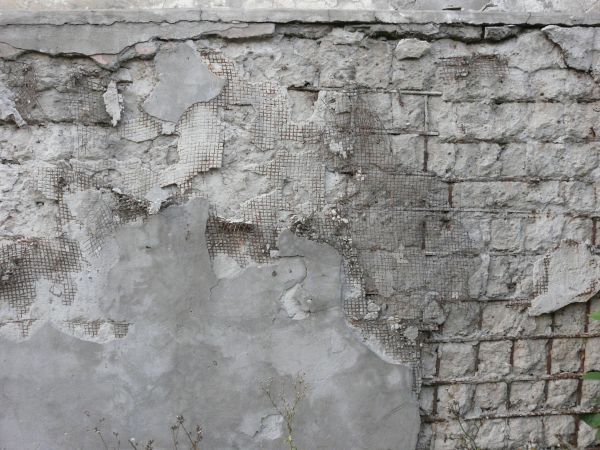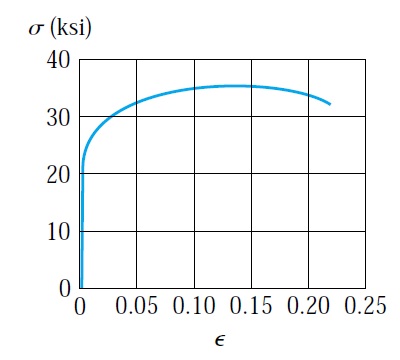soundness test for cement-(Video-Youtube)
Soundness test conducted in cement
to verify that cement will not undergo a destructive expansion after setting.
The expansion of restrained concrete members will result in severe tensile
stresses that can result in cracking and spalling of casted concrete. The
expansion could occur due to the reaction of free lime, magnesia, and calcium
sulfate.
Free lime found in the clinker. Free lime inter-crystallized with other
compounds, and it tends to expand during the hydration process. The expansion
of free lime is more than calcium oxide. Magnesia reacting with water similarly
as calcium oxide does. But the crystalline formed due to the reaction of
magnesia is deleteriously reactive, so it is unsound. Calcium sulfate can cause
destructive expansion. The reaction of calcium sulfate will produce calcium
sulfoaluminate (ettringite), which can result in the harmful expansion of
cement.
A soundness test will be conducted
using La Chatelier's apparatus. For conducting this test, a cement sample of a
specific consistency is prepared and placed inside the split cylinder. then,
the cement is soaked in water for 24 hours. After 24 hours, the distance
between indicator arms recorded (D1). Then the sample submerged in boiling
water for one hour. The distance between the indicator arms recorded again
(D2). The expansion is D2-D1. The cement expansion should fall within the
specified value in project specifications or the local codes.















Comments
Post a Comment